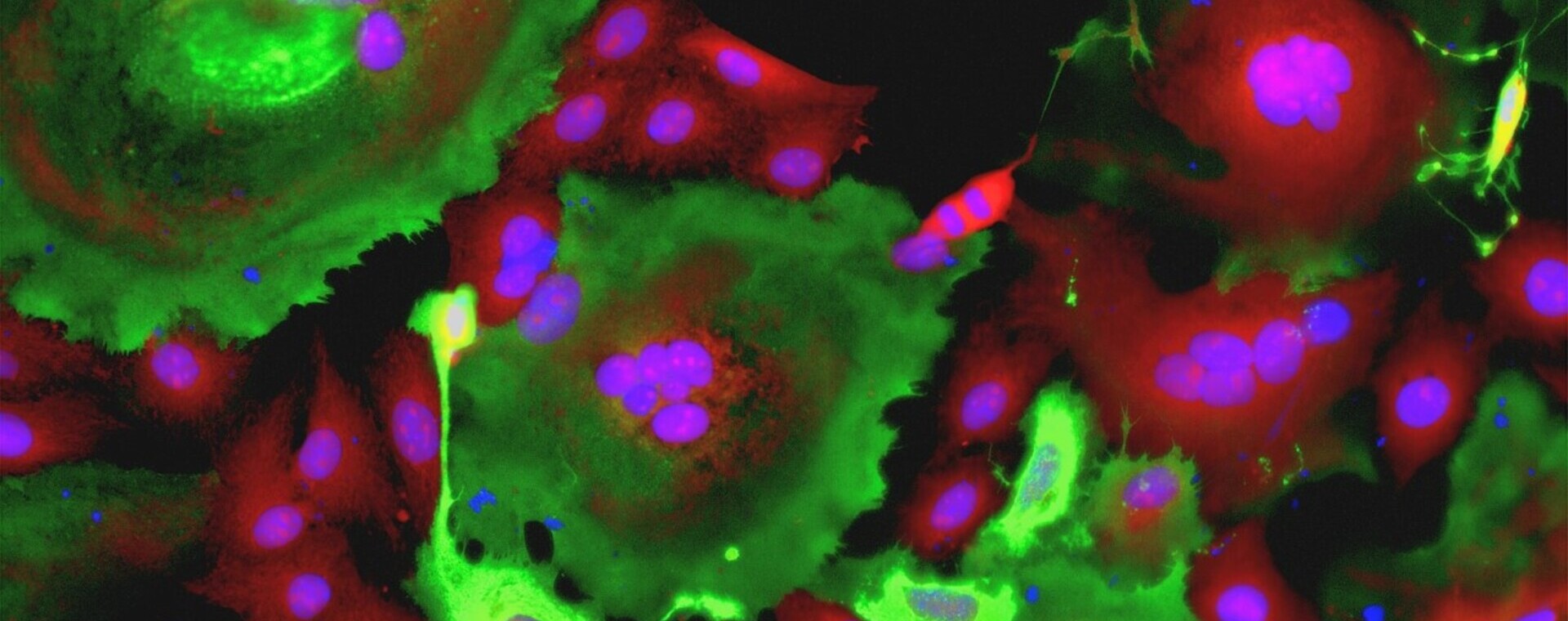19/04/2021
An anti-parasite drug is able to block lung damage caused by COVID-19
The research project, led by Mauro Giacca, published in Nature, with Luca Braga, Group Leader of the Functional Cell Biology team at ICGEB, an international research centre operating at Trieste's Area Science Park, as first author.
Alta Tecnologia
Using robotic screening technology on more than 3,000 medicinal products approved to treat various diseases, a group of Italian and English researchers, led by Mauro Giacca, discovered that Niclosamide, a medicinal product used for more than 50 years to treat intestinal infections, is able to block the harmful effects that the Spike protein of Sars-CoV-2 causes to cells. The research, published in Nature, was conducted in the laboratories of King’s College London, the International Centre for Genetic Engineering and Biotechnology in Trieste and the University of Trieste.
The same group of researchers reported in an article published in Lancet and BioMedicine in November of last year that, in addition to manifesting extensive damage and clots blocking blood flow, the lungs of patients who died from COVID-19 contained an extensive number of extremely large abnormal cells with numerous nuclei that were infected with the virus, even 30-40 days subsequent to hospital admission [2]. These cells develop as a result of the coronavirus Spike protein’s ability to trigger fusion of the infected cells with neighbouring cells. Stimulated by these observations, the researchers have now discovered what mechanism mediates cell fusion and have identified a medicinal product that can block this process.
“We are very excited by our results” stated Mauro Giacca, “for two reasons at least. Firstly, because we have discovered an entirely new mechanism, activated by the Spike protein and important to the virus. Our research shows that the Spike protein activates a family of cell proteins, named TMEM16, which are essential for cell fusion. Secondly, because this mechanism is also at the basis of platelet activation, and could therefore also explain why 70% of patients with severe COVID-19 develop thrombosis. We now know that there is at least one medicinal product, niclosamide, capable of blocking this mechanism.”
Niclosamide is a medicinal product synthesised in the 1970s that has been used since 1982 to treat intestinal infections caused by tapeworms. The new study shows how niclosamide also blocks replication of the virus by inhibiting TMEM16 and cell fusion. On the basis of these results, a clinical trial on 120 patients has been initiated in India, where coronavirus infection is still widespread. As part of the trial, niclosamide is administered to patients admitted to hospital with COVID-19.
“I think this research is important,” continues Mauro Giacca, “especially since it shifts attention from attempts to stop multiplication of the virus, which medicinal products such as remdesivir have strived, with little success, to achieve up until now, to that of inhibiting the damage caused to the organism by infected cells. I am increasingly convinced that COVID-19 is a disease caused not by the mere destruction of cells infected by the virus, but by the persistence of these cells in the body for long periods of time. The mechanism discovered by us may therefore also be involved in the development of so-called long COVID, or explain why many patients experience difficulties in recovering after the disease.”
“Thanks to a truly fantastic team of scientists, this has been a really exciting scientific journey,” underlines Luca Braga, first author of the research paper and Group Leader of the ICGEB Functional Cell Biology team. “In this study we describe for the first time a novel Sars-CoV-2 Spike-mediated mechanism. While much still remains to be understood about this virus, this study is an excellent example of how the combination of image-based screening and innovative cell-based assays is a very effective approach when examining complex molecular mechanisms. I look forward to using this technology to further analyse the pathophysiology of COVID-19.”